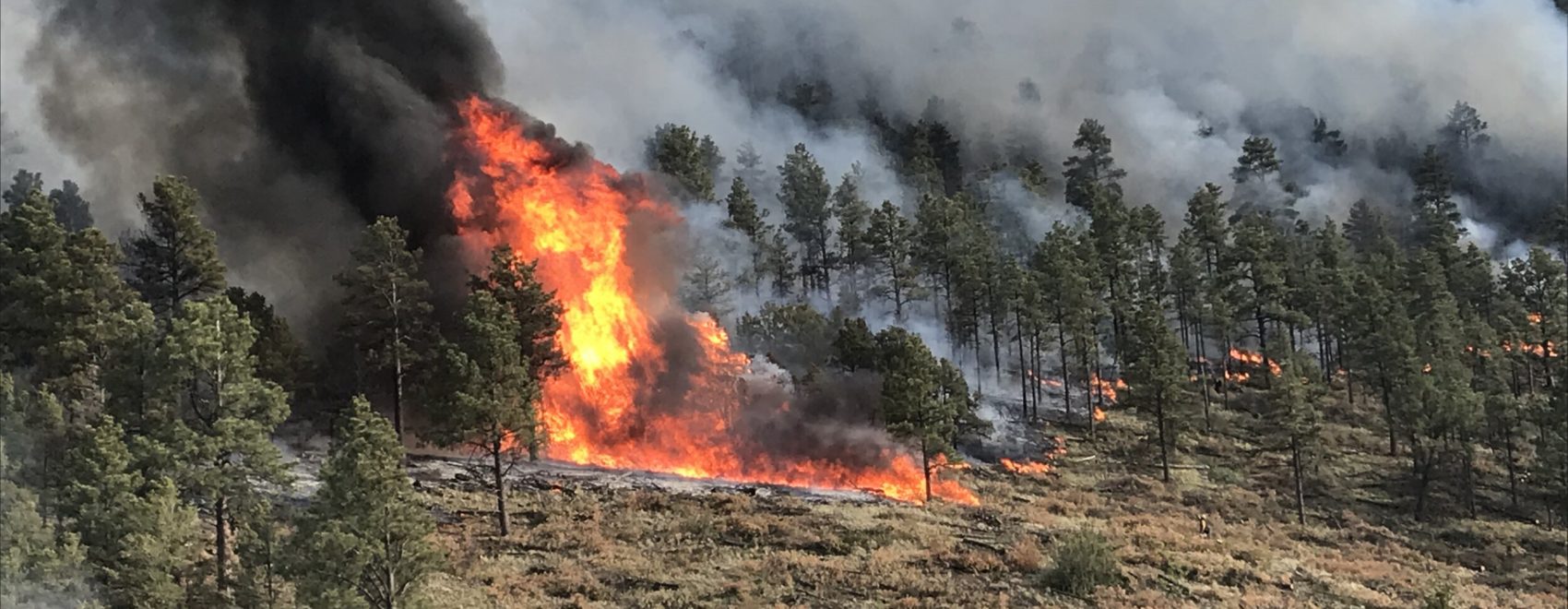Abstract: Prescribed fire can result in significant benefits to ecosystems and society. Examples include improved wildlife habitat, enhanced biodiversity, reduced threat of destructive wildfire, and enhanced ecosystem resilience. Prescribed fire can also come with costs, such as reduced air quality and impacts to fire sensitive species. To plan for appropriate use of prescribed fire, managers need information on the tradeoffs between prescribed fire and wildfire regimes. In this study, we argue that information on tradeoffs should be presented at spatial and temporal scales commensurate with the scales at which these processes occur and that simulation modeling exercises should include some realistic measure of wildfire probability. To that end, we synthesized available scientific literature on relationships between prescribed fire and wildfire regimes, and their associated ecological and societal effects, focusing specifically on simulation modeling studies that consider wildfire probability and empirical and modeling studies that consider prescribed fire and wildfire regimes at spatial and temporal scales beyond individual events. Both empirical and modeling studies overwhelmingly show that increasing use of prescribed fire can result in wildfire regimes of lower extent and intensity. In some studies, a consequence associated with increased use of prescribed fire is an increase in the total, cumulative amount of fire on a landscape over time. Presumably this has implications for emissions and ecosystem carbon, however, effects on ecosystem carbon dynamics are much less clear as results vary considerably across studies. Results likely vary because studies use various landscape models with different parameter settings for processes (e.g., vegetation succession) and use different methodologies, time frames, and fire management and climate change scenarios. Future syntheses and meta-analyses would benefit from researchers providing more comprehensive and transparent documentation of model parameters, assumptions, and limitations. The literature review also revealed that studies on the implications of prescribed fire and wildfire regimes with regard to values other than carbon and emissions are scant and this represents a critical research need. Empirical studies are needed to calibrate and provide magnitude of order comparisons with simulation models and address tradeoffs with respect to other values (e.g., wildland urban interface, wildlife habitat). Such studies should be conducted with consideration for our framework, which includes the implications of prescribed fire and wildfire across broad spatial and temporal scales.
Hunter, Molly E. and Robles, Marcos D. Tamm review: The effects of prescribed fire on wildfire regimes and impacts: A framework for comparison. Forest Ecology and Management (475). July 2020. https://doi.org/10.1016/j.foreco.2020.118435
Photo by Tyler Gilbert, Forest Stewards Guild. Lueras Mountians Prescribed Fire. New Mexico, 2019.

